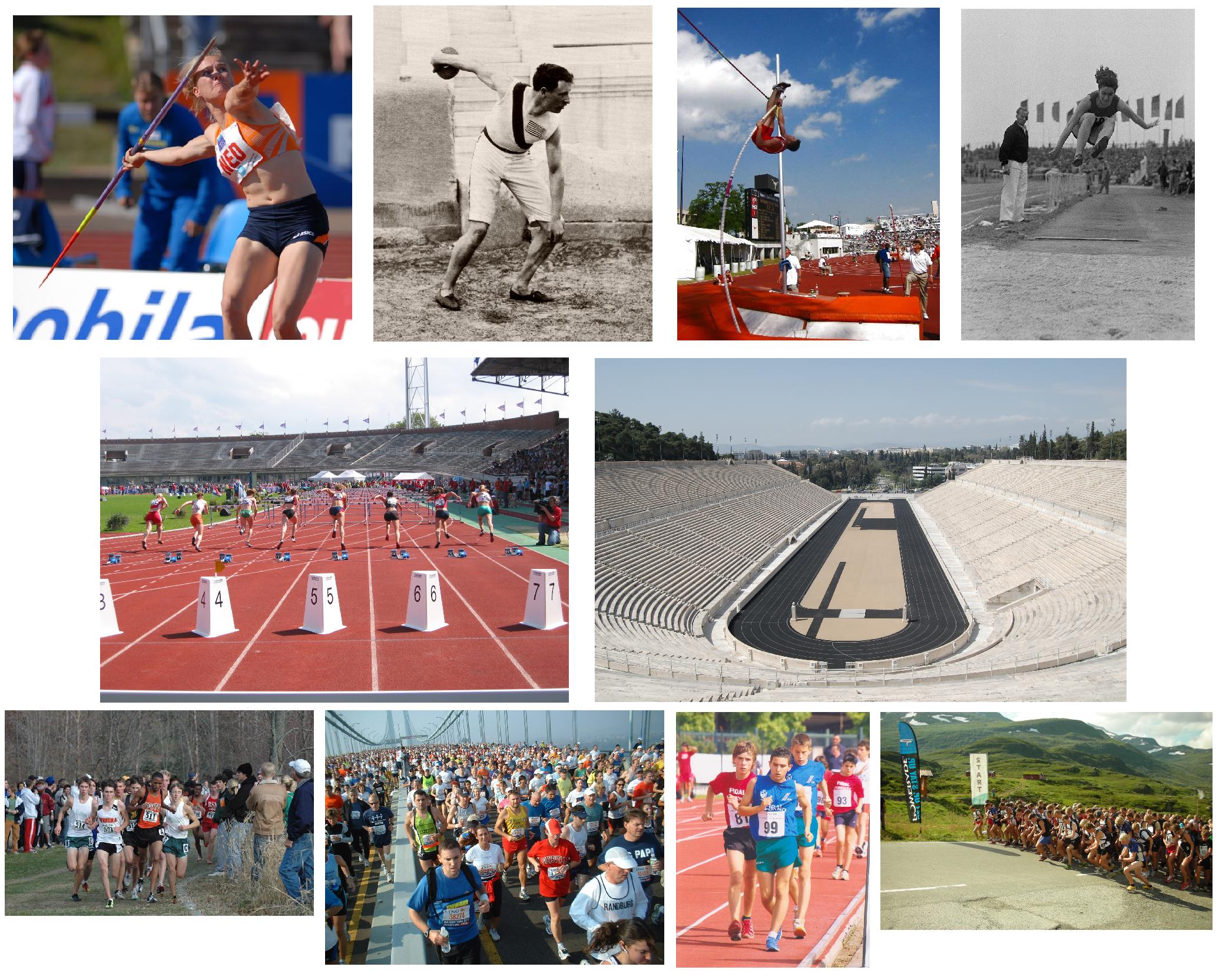|
Edvin Öhrström
Karl ''Edvin'' Öhrström (August 22, 1906 in Burlöv – December 2, 1994) was a Sweden, Swedish sculptor and glass artist. He grew up in Halmstad, Halmstad, Sweden southwest of Ljungby; his father worked for the railroad. He began to work as a railroad worker, then trained to become an art teacher at Tekniska skolan (current Konstfack) in Stockholm from1925–1928, and studied at the sculptural department at the Royal University College of Fine Arts in Stockholm from 1928–1931, with Carl Milles and Nils Sjögren as teachers. From 1932 to 1957, he worked two months per year at Orrefors Glasbruk in Orrefors. He often used a technique, the ''ariel'' technique, which he had invented together with the master Gustaf Bergkvist and the artist Vicke Lindstrand. Later, he worked at Lindshammars Glasbruk, where he developed his sculptures with Prism (optics), prisms of gemstone colors which play with light reflections and refractions in the glass. Edvin Öhrstrom won a Competition, co ... [...More Info...] [...Related Items...] OR: [Wikipedia] [Google] [Baidu] |
Vicke Lindstrand
Victor Emanuel Lindstrand, known as Vicke Lindstrand (27 November 1904 in Gothenburg – 7 May 1983 in Kosta) was a Swedish glass designer, textile and ceramic designer, and painter. He is considered a pioneer of Swedish glass art. His work was part of the art competitions at the 1932 Summer Olympics and the 1936 Summer Olympics. Background As a child, Lindstrand was interested in drawing. He had studied commercial art and worked in commercial illustration before beginning his career at the glass manufacturer Orrefors in 1928. He pioneered more daring art glass designs at Orrefors and together with Edvin Öhrström and Knut Bergqvist he invented the Ariel technique. In 1950 he joined Kosta Glasbruk as an artistic director before his retirement in 1973. At Kosta, he was the dominant designer, lending his name to many now classic designs. At this point, Lindstrand began to inject more and more colour into his creations, which resulted in iconic designs such as Trees in the F ... [...More Info...] [...Related Items...] OR: [Wikipedia] [Google] [Baidu] |
Swedish Male Sculptors
Swedish or ' may refer to: Anything from or related to Sweden, a country in Northern Europe. Or, specifically: * Swedish language, a North Germanic language spoken primarily in Sweden and Finland ** Swedish alphabet, the official alphabet used by the Swedish language * Swedish people or Swedes, persons with a Swedish ancestral or ethnic identity ** A national or citizen of Sweden, see demographics of Sweden ** Culture of Sweden * Swedish cuisine See also * * Swedish Church (other) * Swedish Institute (other) * Swedish invasion (other) * Swedish Open (other) Swedish Open is a tennis tournament. Swedish Open may also refer to: * Swedish Open (badminton) * Swedish Open (table tennis) * Swedish Open (squash) * Swedish Open (darts) {{disambiguation ... {{disambig Language and nationality disambiguation pages ... [...More Info...] [...Related Items...] OR: [Wikipedia] [Google] [Baidu] |
People From Burlöv Municipality
The term "the people" refers to the public or common mass of people of a polity. As such it is a concept of human rights law, international law as well as constitutional law, particularly used for claims of popular sovereignty. In contrast, a people is any plurality of persons considered as a whole. Used in politics and law, the term "a people" refers to the collective or community of an ethnic group or nation. Concepts Legal Chapter One, Article One of the Charter of the United Nations states that "peoples" have the right to self-determination. Though the mere status as peoples and the right to self-determination, as for example in the case of Indigenous peoples (''peoples'', as in all groups of indigenous people, not merely all indigenous persons as in ''indigenous people''), does not automatically provide for independent sovereignty and therefore secession. Indeed, judge Ivor Jennings identified the inherent problems in the right of "peoples" to self-determination, as i ... [...More Info...] [...Related Items...] OR: [Wikipedia] [Google] [Baidu] |
1994 Deaths
This is a list of lists of deaths of notable people, organized by year. New deaths articles are added to their respective month (e.g., Deaths in ) and then linked below. 2025 2024 2023 2022 2021 2020 2019 2018 2017 2016 2015 2014 2013 2012 2011 2010 2009 2008 2007 2006 2005 2004 2003 2002 2001 2000 1999 1998 1997 1996 1995 1994 1993 1992 1991 1990 1989 1988 1987 1986 Earlier years ''Deaths in years earlier than this can usually be found in the main articles of the years.'' See also * Lists of deaths by day * Deaths by year (category) {{DEFAULTSORT:deaths by year ... [...More Info...] [...Related Items...] OR: [Wikipedia] [Google] [Baidu] |
1906 Births
Events January–February * January 12 – Persian Constitutional Revolution: A nationalistic coalition of merchants, religious leaders and intellectuals in Persia forces the shah Mozaffar ad-Din Shah Qajar to grant a constitution, and establish a national assembly, the National Consultative Assembly, Majlis. * January 16–April 7 – The Algeciras Conference convenes, to resolve the First Moroccan Crisis between French Third Republic, France and German Empire, Germany. * January 22 – The strikes a reef off Vancouver Island, Canada, killing over 100 (officially 136) in the ensuing disaster. * January 31 – The 1906 Ecuador–Colombia earthquake, Ecuador–Colombia earthquake (8.8 on the Moment magnitude scale), and associated tsunami, cause at least 500 deaths. * February 7 – is launched, sparking a Anglo-German naval arms race, naval race between Britain and Germany. * February 11 ** Pope Pius X publishes the encyclical ''Vehementer Nos'', de ... [...More Info...] [...Related Items...] OR: [Wikipedia] [Google] [Baidu] |
Prince Eugen Medal
The Prince Eugen Medal () is a medal conferred by the King of Sweden for "outstanding artistic achievement". The medal was established in 1945 by the then King of Sweden, Gustaf V, in connection with the eightieth birthday of his brother Prince Eugen who was a noted painter and art collector. It is awarded every year on 5 November, the name day of Eugen, and presented to the winners at the Royal Palace in Stockholm. Medallists The following people have received the Prince Eugen Medal since its inception. Winners are Swedish unless denoted otherwise. Architects Painters Graphic Artists Sculptors Artisans Photographers Draftsmen Designers See also *Orders, decorations, and medals of Sweden *List of European art awards *Prizes named after people This is a list of awards that are named after people. A B C D E F G H I J K L M N O P R S T U–V W Y Z See also * Lists of awards * List of eponyms * List o ... [...More Info...] [...Related Items...] OR: [Wikipedia] [Google] [Baidu] |
Sergels Torg
Sergels torg ("Sergel's Square") is a major public square in Stockholm, Sweden, constructed in the 1960s and named after 18th-century sculptor Johan Tobias Sergel, whose workshop was once located north of the square. Overview Sergels torg has a dominant west-to-east axis and is divided into three distinct parts: # A sunken pedestrian plaza furnished with a triangular-colored floor pattern (colloquially referred to as ''Plattan'', "The Slab") and a wide flight of stairs leading up to the pedestrian street Drottninggatan, connecting south to Stockholm Old Town and north to Kungsgatan. The triangular pattern of the square is featured on the seats of C30 and refurbished C20 trains of the Stockholm metro. # This plaza is partly overbuilt by a roundabout centered on a glass obelisk and by the concrete decks of three major streets. # North of this traffic junction is a considerably smaller open space overlooked by the high-rise façade of the fifth Hötorget Building from whe ... [...More Info...] [...Related Items...] OR: [Wikipedia] [Google] [Baidu] |
Competition
Competition is a rivalry where two or more parties strive for a common goal which cannot be shared: where one's gain is the other's loss (an example of which is a zero-sum game). Competition can arise between entities such as organisms, individuals, economic and social groups, etc. The rivalry can be over attainment of any exclusive goal, including recognition. Competition occurs in nature, between living organisms which co-exist in the same environment. Animals compete over water supplies, food, mates, and other biological resources. Humans usually compete for food and mates, though when these needs are met deep rivalries often arise over the pursuit of wealth, power, prestige, and fame when in a static, repetitive, or unchanging environment. Competition is a major tenet of market economies and business, often associated with business competition as companies are in competition with at least one other firm over the same group of customers. Competition inside a compan ... [...More Info...] [...Related Items...] OR: [Wikipedia] [Google] [Baidu] |
Gemstone
A gemstone (also called a fine gem, jewel, precious stone, semiprecious stone, or simply gem) is a piece of mineral crystal which, when cut or polished, is used to make jewellery, jewelry or other adornments. Certain Rock (geology), rocks (such as lapis lazuli, opal, and obsidian) and occasionally organic chemistry, organic materials that are not minerals (such as amber, Jet (gemstone), jet, and pearl) may also be used for jewelry and are therefore often considered to be gemstones as well. Most gemstones are hard, but some softer minerals such as brazilianite may be used in jewelry because of their color or Lustre (mineralogy), luster or other physical properties that have aesthetic value. However, generally speaking, soft minerals are not typically used as gemstones by virtue of their brittleness and lack of durability. Found all over the world, the industry of coloured gemstones (i.e. anything other than diamonds) is currently estimated at US$1.55billion and is projected to s ... [...More Info...] [...Related Items...] OR: [Wikipedia] [Google] [Baidu] |
Prism (optics)
An optical prism is a transparent optical element with flat, polished surfaces that are designed to refract light. At least one surface must be angled—elements with two parallel surfaces are ''not'' prisms. The most familiar type of optical prism is the triangular prism, which has a triangular base and rectangular sides. Not all optical prisms are geometric prisms, and not all geometric prisms would count as an optical prism. Prisms can be made from any material that is transparent to the wavelengths for which they are designed. Typical materials include glass, acrylic and fluorite. A dispersive prism can be used to break white light up into its constituent spectral colors (the colors of the rainbow) to form a spectrum as described in the following section. Other types of prisms noted below can be used to reflect light, or to split light into components with different polarizations. Types Dispersive ''Dispersive prisms'' are used to break up light into its ... [...More Info...] [...Related Items...] OR: [Wikipedia] [Google] [Baidu] |
Orrefors
Orrefors () is a Urban areas in Sweden, locality situated in southern Sweden and part of Nybro Municipality, Kalmar County, with 719 inhabitants in 2010. The township belongs to Hälleberga parish and is primarily famous for its Orrefors glassworks, glassworks with the same name. Orrefors is part of the province Småland and the area known as Kingdom of Crystal (Swedish: ''Glasriket'', ''The glass realm''). The area is famous for its glassworks and include the Municipalities of Sweden, municipalities of Emmaboda, Nybro, Uppvidinge, Växjö and Lessebo in southern Sweden. Orrefors glassworks, Orrefors glasswork is one of the most notable with the adjacent National School of Glass and Kosta Boda. History Orrefors was established in 1726 by cavalry ensign Lars Johan Silfversparre. He owned Orranäs manor near the lake Orranäs, and on these lands an ironwork was established. Around the ironwork a community grew which got the name Orrefors. The name is said to be a combination of two ... [...More Info...] [...Related Items...] OR: [Wikipedia] [Google] [Baidu] |




